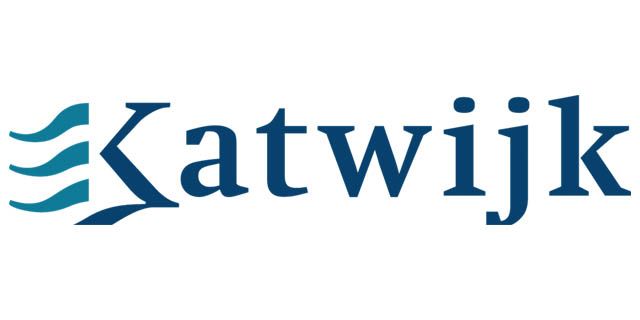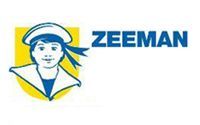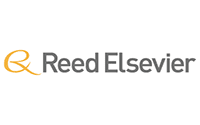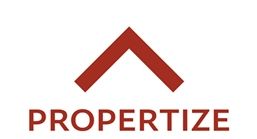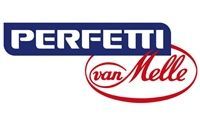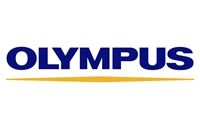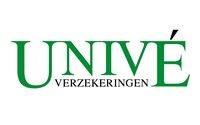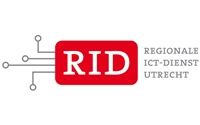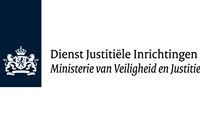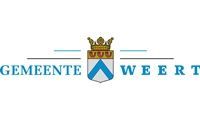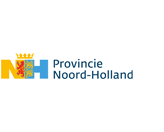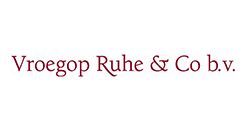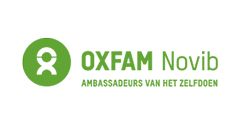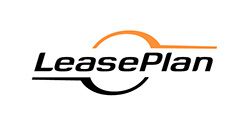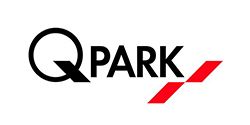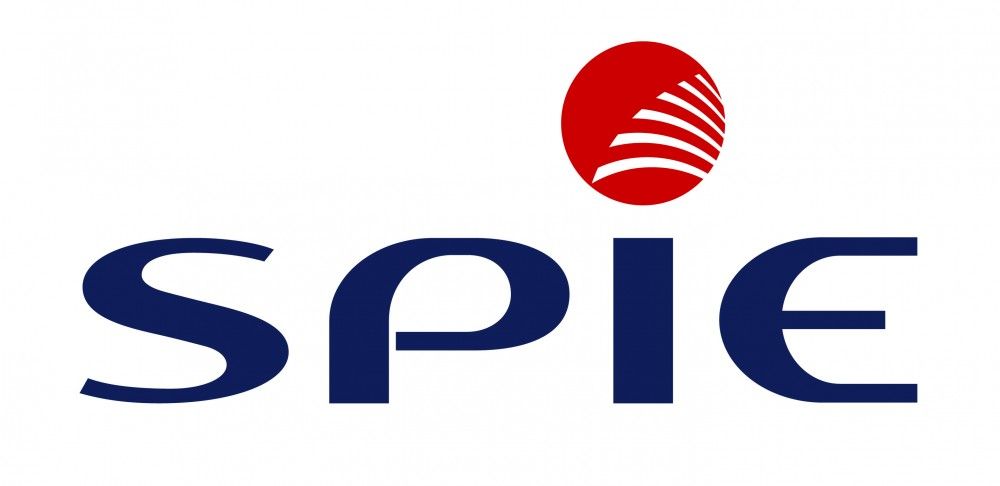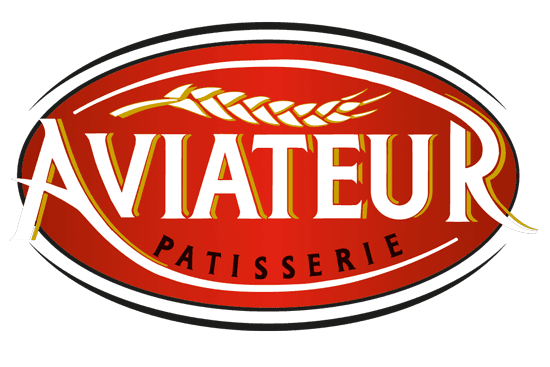In deze cursus leren deelnemers succesvol een XenDesktop 7-omgeving met desktop en apps te ontwerpen, op basis van de architecturen en projecten die door de meeste Citrix-klanten worden gebruikt, in verschillende branches en gebruikssituaties. Deelnemers hebben ook de mogelijkheid om een ontwerp te bouwen voor hun eigen organisatie en krijgen toegang tot alle hulpmiddelen en referentiematerialen die hen bij hun werkzaamheden kunnen helpen.
Deze cursus staat onder leiding van een Citrix Certified Instructor (CCI) en bestaat uit demonstraties en het praktisch toepassen van concepten via actieve en toepassingsgerichte oefeningen.
Deze cursus is aanbevolen voor ontwerpers van systemen voor desktopvirtualisatie, zoals systeemarchitecten, adviseurs en technici.
Deze training wordt aanbevolen voor architecten, consultants, technici en beheerders. Cursisten zullen hands-on ervaring opdoen met het installeren, configureren en beheren van gehoste applicatie- en desktopvirtualisatieoplossingen vanaf de basis. Na het voltooien van de training zullen deelnemers de vaardigheden hebben om succesvol XenDesktop 7.6-oplossingen te implementeren en ondersteunen die de meerderheid van Citrix-klanten momenteel gebruiken.
{tab Voorkennis|closed}
Bij aanvang van de training wordt er van uitgegaan dat de deelnemers over de volgende kennis beschikken:
- Gemiddelde kennis van componenten en concepten van Citrix-desktopvirtualisatie
- Basiskennis van projectmanagement en van ‘best practices’ voor documentatie
- Basis-presentatievaardigheden
- Kennis van Windows Server (Windows Server 2012), waaronder van:
oActive Directory
oDHCP - Basiskennis van netwerken
- SQL Server: basiskennis van databases, toegangsrechten, beveiliging en hoge beschikbaarheid
- Basiskennis van fysieke en virtuele opslag:
oNAS, SAN, SSD
oCIFS - Bekendheid met hypervisor-technologieën (XenServer, Hyper-V of vSphere)
- Succesvolle afronding van de volgende cursussen of aantoonbare vergelijkbare kennis van:
oCXD-102 Introductie XenDesktop 7
oCXD-300 Implementatie van XenDesktop 7-systemen
{tab Cursusinhoud}
De volgende onderwerpen komen tijdens de cursus aan de orde:
Module 1: Architecture
– Identify the various components included in the XenDesktop 7 architecture
– Determine how the various components communicate and which protocols they are using
– Apply architectural understanding to desktop virtualization solutions
– Troubleshoot desktop virtualization design
Module 2: Business Drivers
– Identify specific business drivers for multiple verticals
– Facilitate a discussion with the project team at an organization to prioritize business drivers
Module 3: Data Capture
– Identify best strategy for data collection given a specific organizational environment.
– Identify the types of application data to collect, the method for collecting them, and application data collection tools
Module 4: User Segmentation
– Identify the different FlexCast models
– Identify considerations in selecting the most appropriate method for segmenting users
Module 5: Application Assessment
– Understand the process of application assessment
– Demonstrate rationalization of applications in a given case organization
– Assess a suite of applications based on business needs and compatibility to a given XenDesktop delivery model.
Module 6: Project Management
– Understand the importance of project management for a successful implementation
– Identify roles for a project plan
Module 7: User Design
– Make key decisions regarding user groups and device (endpoint) design
– Organize user groups for Design document
– Identify and prioritize top user issues
– Design user profile strategy
– Design a printing strategy
Module 8: Receiver
– Define how applications will be delivered
– Design Citrix Receiver deployment and maintenance
Module 9: Resource Req. Recommendations
– Identify recourse requirements
– Make key design decisions regarding resource recommendations
Module 10: Access
– Design an authentication point (Storefront and NetScaler Gateway) strategy
– Determine session and access policies, including user authentication and remote access
– Design virtual desktop operating systems access
– Calculate bandwidth for the desktop virtualization solution
Module 11: Desktop
– Make key design decisions regarding machine catalogs and groups
– Design a personalization strategy including user profiles, user policies and personal vDisk usage.
– Design an appropriate printing strategy
Module 12: Application Delivery
– Design a solution that meets application inventory and integration requirements
– Identify characteristics of the applications that will impact placement as well as the application delivery architecture for the XenDesktop environment
– Design an application delivery strategy
Module 13: Desktop Delivery
– Design a Desktop delivery topology, including Sites, XenDesktop Controllers per site, and load balancing
– Design the underlying infrastructure, including database selection, license servers and Active Directory Integration
– Identify the XenDesktop user and virtual desktop baseline policies
Module 14: Networking Layer
– Make key high availability design decisions
– Integrate the XenDesktop infrastructure with the network infrastructure
– Understand WAN optimization, Multistream ICA, and DHCP functionality
Module 15: Storage and Provisioning Layer
– Make key design decisions regarding storage solutions
– Identify the features and differences between PVS and MCS
– Design a provisioning strategy with either PVS or MCS
Module 16: Platform Layer
– Make key design decisions regarding the hypervisor to be used in desktop virtualization solutions
– Make accurate hardware calculations, including VDI hardware, shared hardware, application hardware, and control hardware
Module 17: Operational
– Understand potential migration approaches
– Design a system monitoring strategy
– Make key design decisions regarding decisions regarding application delivery
– Migration approach
– Backup and System Monitoring
– Backup
– System Monitoring
Module 18: Verification
– Verify assess and design decisions using Citrix online tools
– Develop a complete stakeholder presentation
– Effectively present and support design decisions
– Capstone Exercise
{tab Doelstellingen}
Na afloop van de cursus zijn de cursisten bekend met het volgende:
- De diverse componenten en communicatieprotocollen binnen de FMA-architectuur
- De toepassing van architectuurkennis op systemen voor desktopvirtualisatie
- Het uitvoeren van de beoordeling van een organisatie, met de focus op de eisen en mogelijkheden van het bedrijf, de applicaties en de gebruikers
- Het ontwerpen van systemen voor desktopvirtualisatie
- Het verifiëren en presenteren van ontwerpaanbevelingen
- Probleemoplossing bij ontwerpen voor desktopvirtualisatie
{tab Certificering}
Behalve praktijkervaring krijgen deelnemers in deze cursus ook een voorbereiding op het examen ‘Designing XenDesktop 7 Solutions exam’(1Y0-400). Wanneer deelnemers voor dit examen slagen ontvangen ze het nieuwe certificaat ‘Citrix Certified Expert – Virtualization (CCE-V)’.
{/tabs}
De Citrix trainingen worden altijd gegeven door officieel gecertificeerde en geautoriseerde Citrix docenten. Hierdoor bent u ervan gegarandeerd dat u optimaal wordt opgeleid voor een eventueel Citrix examen.
Wilt u meer weten over de Designing App en Desktop Solutions met Citrix XenApp en XenDesktop training? Neem contact met onze Citrix opleidingsadviseur.
Excel Training Volgen?
Benieuwd naar de mogelijkheden van een Excel training? Vraag vrijblijvend meer informatie aan en we sturen je binnen 24 uur meer informatie op!
